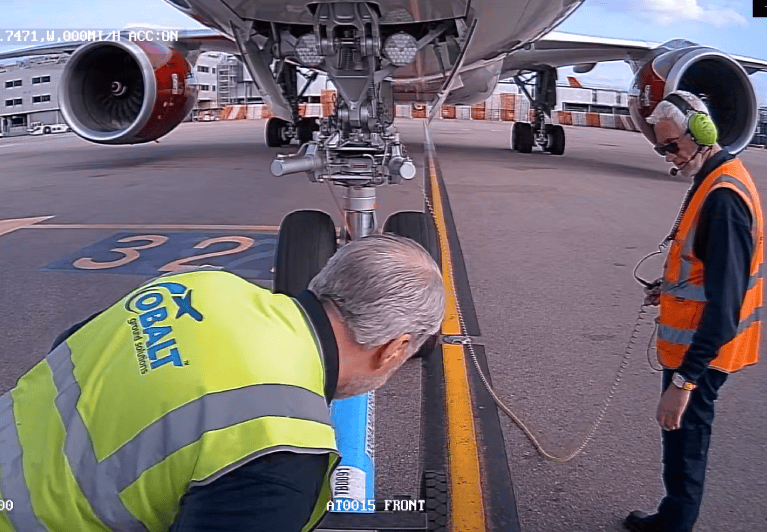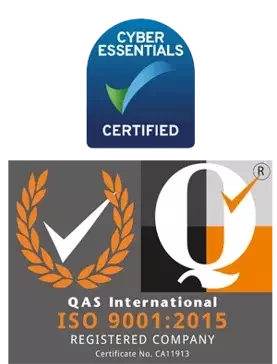Integrated Technology For A Connected Workforce

Vehicle & Asset Tracking
GPS & Bluetooth trackers for motorised and non-motorised assets. Know where your vehicles, tools and other business critical assets are at all times.

PTToC & Two Way Radios
A complete business communications offering ranging from traditional digital and push to talk over cellular radios to multi network mobile contracts.

Body Worn Cameras
Connected visibility of your site operations and evidence capture. Our range of cameras include devices that act as a radio and camera in one.
Foresolutions helps business operations professionals join the dots between people, processes and data to improve performance through the use of technology. We do this by focusing on delivering a great experience, not just products and services.
Our vision is to make technology better for businesses and the people using it.

Aviation
- GSE Tracking for push back tugs, engine stands, baggage dollies, fuel bowsers and anything else you need to track
- Airside communication solutions using either traditional two way radios or push to talk over cellular (PTToC/PoC)
- Vehicle Cameras
- Our own bespoke aircraft safety check audit software, Forecompliance

Construction
- Plant, tool & equipment tracking
- Choose from GPS & Bluetooth trackers for motorised and non-motorised assets.
- Fully compliant vehicle multi-camera tracking
- Long-life battery powered trackers for smaller non-motorised assets
- Traditional two way radiosor push to talk over cellular (PTToC/PoC)

Infrastructure
- Body worn cameras to assist with the prevention of incidents, evidence capture and staff training
- Digital radio solutions that use a traditional closed network or cellular networks/WiFi to provide greater connectivity for multi site businesses
- Know where all you team are with live indoor & outdoor location tracking for swift response to situations
Proud to support these amazing clients












Our Approach
- We'll assess your objectives and provide a recommended solution that fits within your organisational structure and customer model.
- Our hardware can be financed either upfront or as part of your service subscription package on an opex model. Some product lines can be taken on a lease-hire contract.
- We offer full product training.
- 100% satisfaction guarantee.
- In-contract warranty protection.





